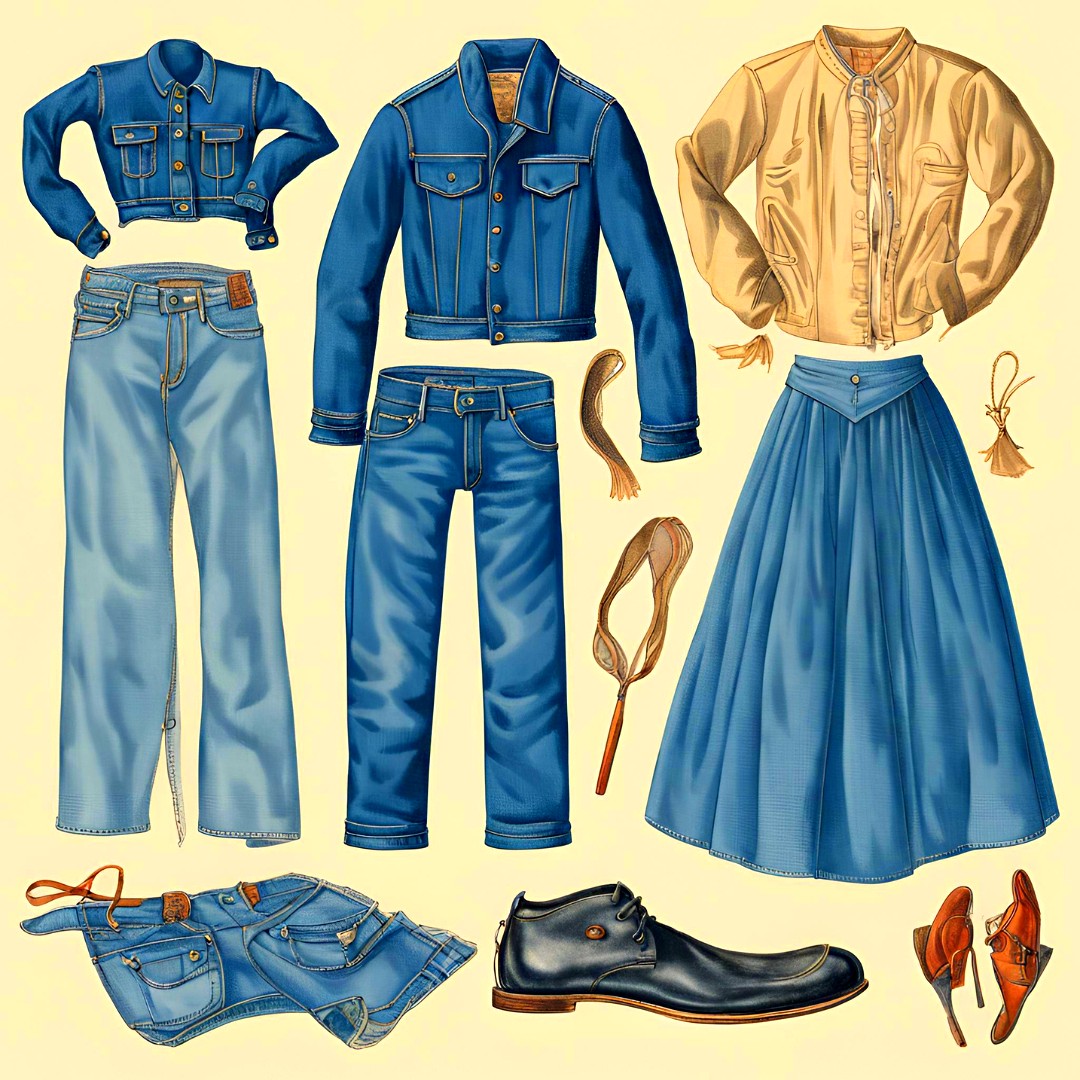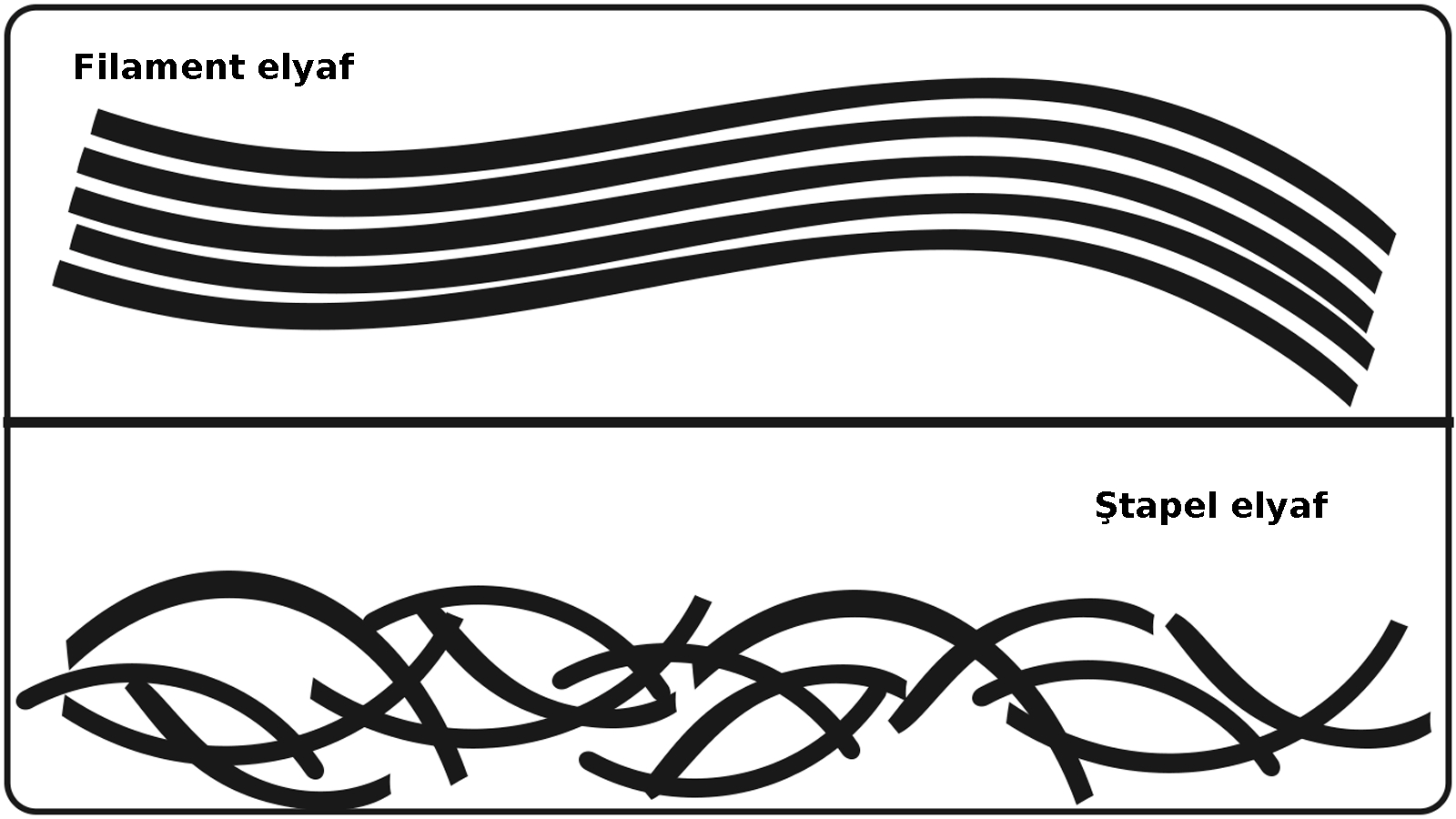Drawing - Yarn Spinning, Fiber Preparation Process
16:07
0 comments
Drawing, also called drafting, in yarn manufacture, process of attenuating the loose assemblage of fibers called sliver by passing it through a series of rollers, thus straightening the individual fibers and making them more parallel. Each pair of rollers spins faster than the previous one. Drawing reduces a soft mass of fiber to a firm uniform strand of usable size. In the production of man-made fibers, drawing is a stretching process applied to fibers in the plastic state, increasing orientation and reducing size.
Drawing's main purpose is to further align and parallel the semi-oriented fiber from carding. In accomplishing this, blending (or doubling) is also achieved. From 6 to 8 card slivers are combined to be fed to the initial drawing process, sometimes called breaker drawing. A series of pairs of rollers are used to reduce the multiple slivers being fed back down to the approximate weight of one sliver. These roller pairs consist of one rubber-covered top roller and one fluted steel bottom roller. Spring or air-generated pressure is used to hold the slivers firmly.
There are surface speed differences from the back pair of top and bottom rolls to the front set, with the back pair turning more slowly and gradually building in speed through to the front set. This mechanical speed difference, and the slipping action imparted to the gripped fibers, is called draft or drafting. This is where the drawing process gets its name. The machine draws out the slivers being fed and reduces their total weight back down to the approximate weight of one sliver. In doing this, the trailing ends of the gripped fibers, which may not be completely straight, are straightened out by the slipping and pulling action imparted to them. As the drafted fiber web exits from the front set of drafting rolls, it is condensed back into sliver form using a trumpet-like device and the resulting sliver is coiled into a can. Once again, this is for temporary storage and for transport to the next process. Depending on what spinning system will be employed, the end product, and other process considerations, the output sliver from breaker drawing may be drawn once more (called finisher drawing) or it may be used directly for the spinning process. This is the point that the breaker-drawn sliver may also be directed to the combing process.
-
İş sağlığı ve güvenliği için bazı işletmelerde pr ayakkabı kullanımı gereklidir. Ayakkabılarda rastladığımız "PR" terimi, İngiliz...
-
Ayakkabılarda doğru numara seçimi sağlık ve kullanım ömrü açısından önem arz eder. Kesirli Ayakkabı Numaraları Ne Anlama Geliyor? 🤔 Bazı a...
-
Yeşil renk ve tonları, sarı ile mavi ışığın birleşmesi sonucu oluşur ve fotosentetik pigmentler nedeniyle bitki yapraklarında yaygın olarak ...
-
Mavi polycotton nevresim takımı. Polycotton , polyester ile pamuğu (cotton) karıştırarak elde edilen, her iki elyafın en iyi performans ...
-
Kumaşın ön yüzünün ve arka yüzünün gösterimi. Kumaş yüzü (Alm. Stoffvorderseite, Fr. front de tissue, İng. fabric face; face of fab...
-
Lif kısaltmaları tekstilde elbise üretiminin her aşamasında kullanılır. Tekstil, Kumaş, Lif ve Elyaf Kısaltmaları : Tekstil endüstrisi, lif...
-
Rahat bir kullanım için ayağın genişliği ve uzunluğuna uygun ayakkabıyı seçmek son derece önemlidir. Ayakkabı Genişlik Terimleri: E, F, FX,...
-
Parlement mavisi rengi, denizin hava kararırken aldığı renk olarak tanımlanabilecek mavidir. Parlement mavisi, orijinal olarak lapis lazul...
-
Şali kumaş bayrak. Şali , tiftik iplikten dokunmuş ince bir kumaş türüdür. Kaba ve seyrek dokunanları genelde bayrak yapımında kullanılmış...
-
Ütü parlaması çok yoğun ise elbise kullanılmaz hale gelir. Ütü yaparken özellikle pantolon gibi hassas kıyafetlerde parlama oluşabilir. Ütü...
-
Türk tekstil ve hazır giyim sektörü: yerli markaların yükselişi. Türkiye'nin lokomotif sektörlerinden biri olan tekstil ve hazır giyim...
-
Akrilik elyaf, iyi yalıtım özelliğine sahip olmasıyla öne çıkan sentetik bir lif türüdür. Akrilik Elyaf: Tanım ve Özellikler Akrilik, ( Alm....
-
Kumaş numunesi. 1) Yapılarına göre (nasıl yapıldıysa o ismi alır) a) Dokunmamış kumaşlar - Nonwoven , keçeler, kağıt telalar, elyaf, vi...
-
Ünlü Türk modacı ve tasarımcılarının kreasyonları artık dünya moda başkentlerinde sergileniyor. Türkiye'de tekstil ve moda sektörünü...
-
Farklı renk ve türdeki kumaş çeşitleri. Kumaş, ipliklerin, çeşitli yöntemlerle bir araya getirilerek oluşturduğu kaplayıcı yüzeylerd...
-
Türk ayakkabı markaları, yerli ham maddeyi mükemmel işçilik ve estetik tasarımlarla birleştiriyor. Türk malı ayakkabı ürünler, kalitesi ve e...
-
Dünyanın en meşhur modacıları. Dünyaca ünlü modacılar Her sezon önce podyumları sonra da vitrinleri süsleyen özel koleksiyonların arkas...
-
Lif kısaltmaları tekstilde elbise üretiminin her aşamasında kullanılır. Tekstil, Kumaş, Lif ve Elyaf Kısaltmaları : Tekstil endüstrisi, lif...
-
Naylon olarak da bilinen polyamid kumaşlar sentetik kökenli bir kumaş türüdür. Polyamid ya da naylon (Alm. Polyamidfaser, Fr. fibre ...
-
Tekstil ürünlerinin etiketlerinde yıkama, kurutma ve ütüleme ile ilgili semboller bulunur. Tekstil Ürünleri için Tavsiye Edilen Yıkama Tali...




















































































































0 yorum:
Yorum Gönder
Merhaba, daha kaliteli bir site için yorumlarınızı bekliyoruz.